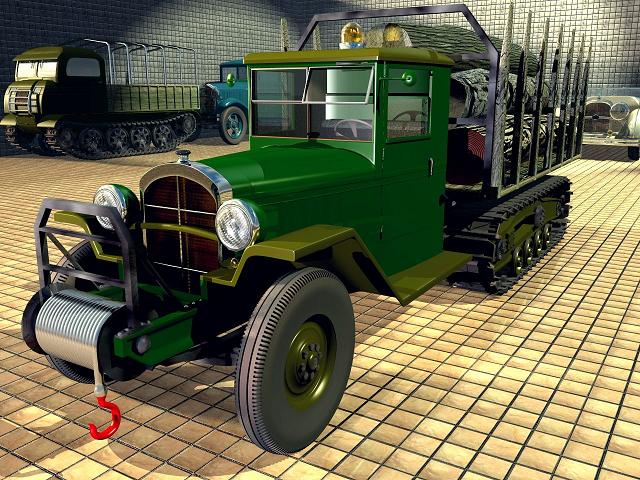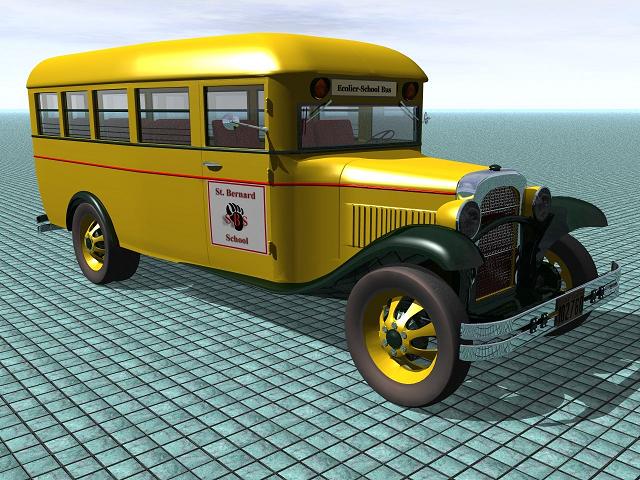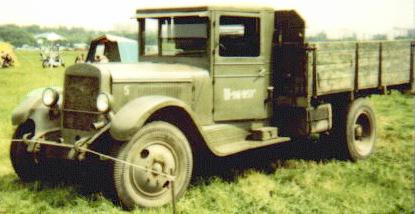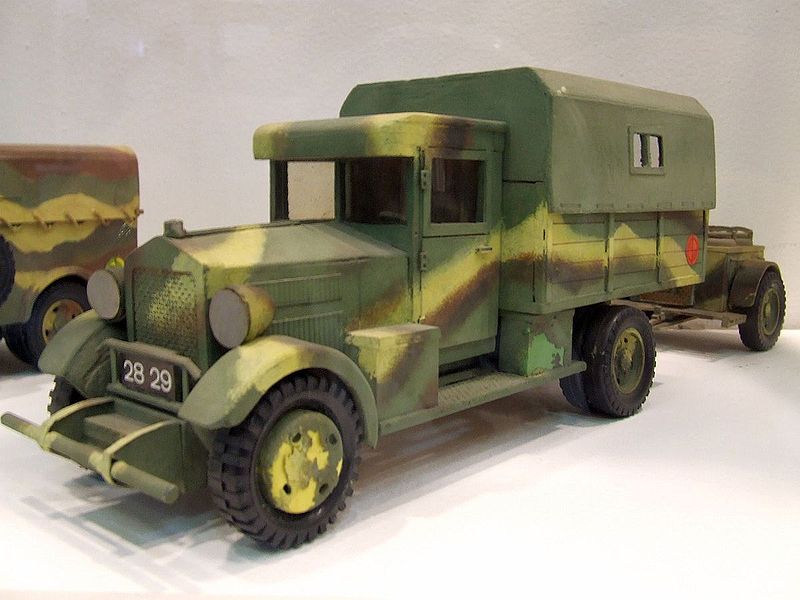I have such 3d models...
Questions for the French and English .
1. Qu'est-ce que c'est?

camion chenille
Pays, le promoteur, l'année ......
2. What is this?

1932 school bus
Country, developer...
See school logo...



















There are many different .EDT files...Attila hat geschrieben:Hi guys,
I need some help.
How can i edit and modify *.EDT files?



RHOMBS.EDT
Contains information on terrain tiles for a given texture scheme.
The state of a tile represent blending between two terrain tiles. Sudden Strike II has 12 different blending options as shown in the picture below.
(IMG:http://redirect.subnet.dk/pictures/textures.png)
The structure of RHOMBS.EDT:
CODE
type
TTerrains = packed record
count: integer;
terrain: array of packed record
name: array[1..32] of char;
default: integer;
offset: word;
count: integer;
values: array[byte] of byte
end
end;
In the following, an integer value is represented by 4 bytes. The first integer of RHOMBS.EDT represents the number of terrain structures that follow this value.
First entry of the terrain structure consists of a zero terminated string, max. 32 characters long. This name identifies the terrain. The editor then looks in the TERRAIN_ entries of EDITOR.LNG for a descriptive name. This descriptive name should also be present in the GROUNDTYPES file. This naming stuff is however rather uninteresting for understanding the terrain structure, so we'll move on.
default is an integer value and designates which terrain type that occupies the non-defined part of a blended tile. An example taken from the standard SS2 summer scheme. For grass, the default value is -1, which is interpreted as either itself or not defined. A blended ground tile is part ground, part grass, so the default value is 0, designating the first terrain. dry ground however consists of dry ground and ground, not grass, making the default value 4, designating the ground terrain. I'll stop here as you and everybody else probably got the idea by now.
Some examples:
Make a note that default value points to a texture in a zerobased array, which means that eg. SUMMER1 has the position 0 in such an array.
SUMMER1 grass dosen't blend, default value -1
SUMMER2 not used, but the default value is set to 0 anyway, meaning grass
SUMMER3 farmland blends to grass, default value 0
SUMMER4 asphalt blends to grass, default value 0
SUMMER5 ground blends to grass, default value 0
SUMMER6 dry ground blends to ground, hence default value 4
SUMMER7 in the summer scheme, water blends to grass, default value 0
SUMMER8 sand blends to grass as well, default value 0
BEACH1 grass dosen't blend, default value -1
BEACH2 not used, default value is set to 0 anyway, meaning grass
BEACH3 not used, default value is set to 0
BEACH4 not used, default value is set to 0
BEACH5 ground blends to grass, default value 0
BEACH6 not used, but they just left the value as 4 when they copied rhombs.edt from scheme1
BEACH7 water blends to sand, default value 7
BEACH8 sand blends to grass, default value 0
Hopefully you got it now. If you make a new tileset, it's entirely up to you to choose default texture, and how the textures blends.
offset, which is a word value (2 bytes), is easy explained, as it is the absolute offset in RHOMBS.RES where the graphic implementation of the terrain begins.
count is the number of tiles the terrain consists of, hence the number of bytes one will have to read into the values array, leaving the filepointer at the beginning of the next terrain structure.
values is an array of byte values, each defining the blending state of the graphic tiles found at offset in RHOMBS.RES.
Now we're getting somewhere. Obvious one could make a terrain with no more than 13 tiles, implementing the 13 possible blending states. But that would leave no room for texture variations like the ones observed while painting the same two squares within the editor.
The Sudden Strike II editor reads the tiles and sorts them after blending type, then it choose randomly between the tiles within the requested blending state.
As mentioned above does SS2 not require more than 13 tiles to define a set of terrain tiles. Above this, it is entirely up to you to decide how many variations a certain blending state should have. But the rule here that quality grows with quantity.


